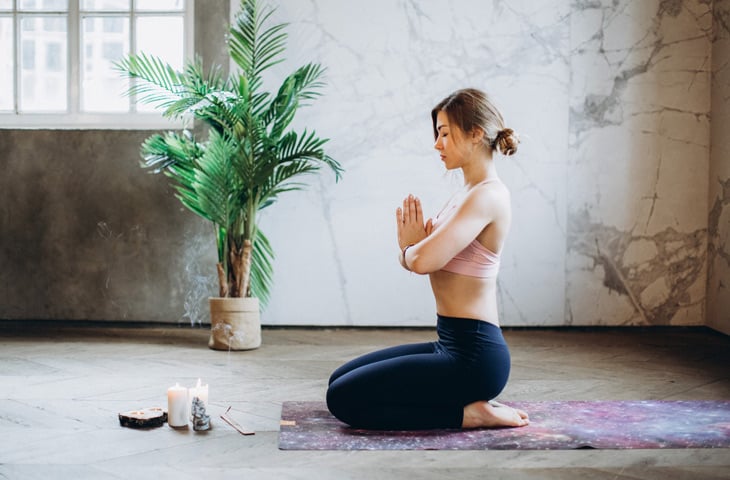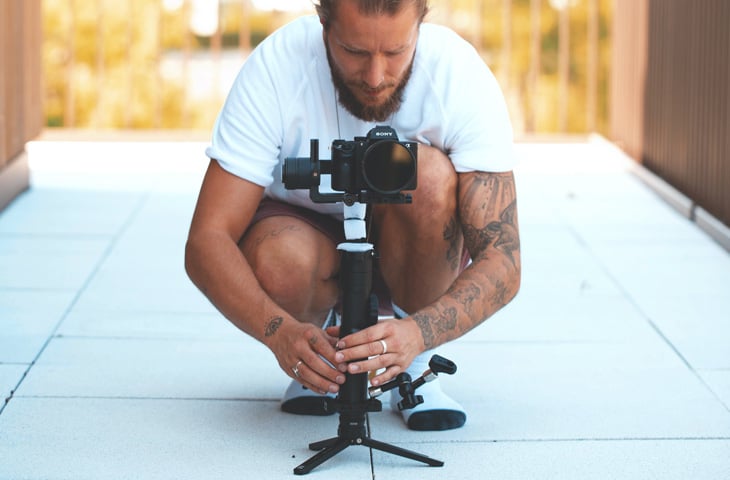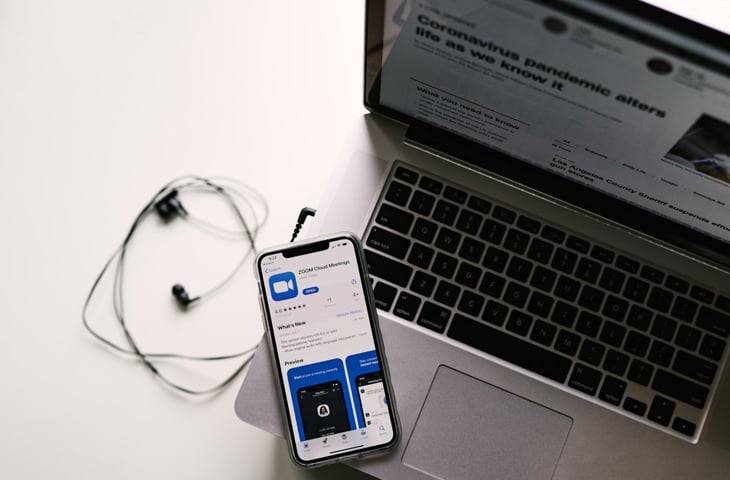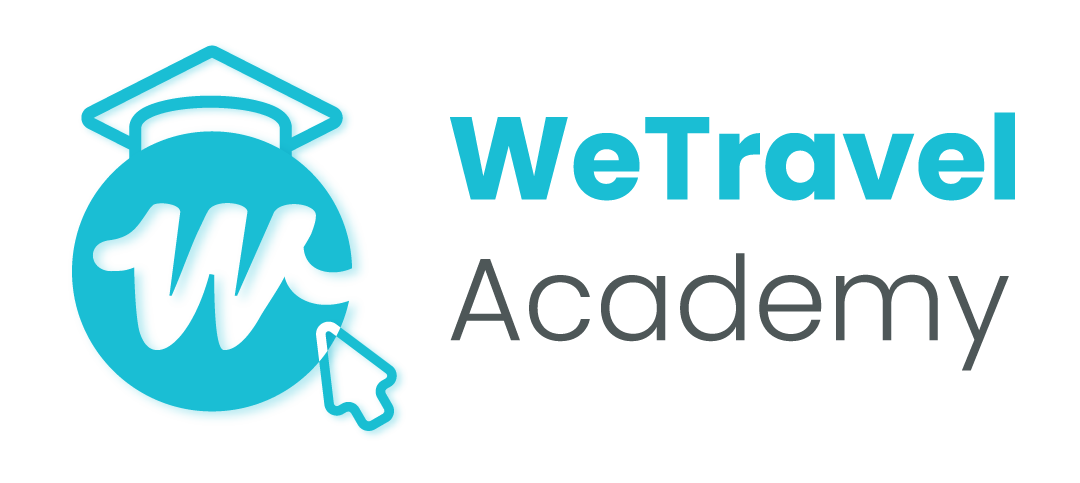6 Step Guide To Take Your Wellness Offering Online
Responding to the coronavirus pandemic has meant wellness practitioners who have live offerings (either locally or destination-based) have had to re-think how they connect with clients. Removing the face to face interaction or backdrop of a beautiful location means finding a new strategy to mindfully deliver value.
Wonder What's Missing From Your Wellness Business' Marketing Strategy?
With technology firmly lodged in our lives, taking your offering online is a logical path to follow. Some practitioners find the shift more organic than others, and often the challenge lies in working out how to transition the value you add into a digital format.
While you explore the depths of your creativity and professional expertise for ideas, we’ll get started by sharing the more logistical tips on how to take your wellness offering online.
How To Take Your Wellness Offering Online
1. Identify What You Can Realistically Transition

Most people will have to shift a bit in terms of what they offer on a week to week basis. Just how much adjustment is required depends on their particular practices.
For example, some retreat leaders are fine-tuning by offering staycation retreats or online daylong retreats with people joining remotely.
Ayurvedic or Reiki practitioners are working on new offerings too. Many are considering alternative means of serving their clients, such as one on one online consults, group education, or facilitated cleanses.
Teacher trainers are also shifting their courses online. As of March 2020, Yoga Alliance has made a temporary provision to allow its schools to offer contact hours in a virtual format. Some programs are taking advantage of this provision to move trainings fully online. Others are simply holding off on the modules that require contact hours until social distancing is behind us.
One important consideration is whether or not your insurance has to be amended. Policies don't automatically accommodate the transition from live to digital teaching, and you may have to call your provider to find out if they can add coverage of any online offerings.
2. Find the Right Technology

Practitioners will also potentially need to learn to work with new platforms to effectively deliver value to their clients.
Companies such as Namastream, Teachable, Podia, and Core to Coeur provide tools for recording and/or streaming content as well as distributing and monetizing it. Yogi Times has also published a great roundup of different yoga subscription platforms that may include partners for distributing your classes to larger numbers of students.
Tahiti-based Lauren Prindiville, who runs online trainings focused on Ayurveda, prenatal, postnatal, and kids yoga, highly recommends Teachable. She loves that she can upload videos, voice recordings, PDFs, quizzes, manuals, and demonstrations. “The benefit to having everything pre-recorded as opposed to live,” she says, "is that it allows students to work at their own pace, regardless of where they are in the world.”
Some platforms, on the other hand, are focused primarily on live streaming content. These include Zoom, Google Hangouts, ECamm LIVE, Microsoft Teams, Twitch, and YouTube Live Streaming.
Executive Director of Yoga 4 Love Lisa Ware runs 200/500 hour YTT, Reiki courses, and Inner Goddess retreats virtually via Zoom. She also has experience with Google Hangouts and ECamm LIVE, but notes that “Zoom is way more reliable than Google Hangouts with many more features,” and that “ECamm LIVE is a good platform, but seems more expensive and not as easy to use.”
If you find yourself somewhat intimidated by learning to use unfamiliar technology, there’s also the more DIY approach of simply recording sequences, meditations, or other content. You could then share them on your website, via email campaigns, or on social media. You don’t have to go fully digital to stay connected with your community online.
3. Invest In Or Improvise Your Teaching Space

Once you have your offering figured out, you'll need to optimize your space for recording. It's so easy to produce high-quality video these days, that anything short of engaging will see low uptake.
The perfect space preferably has great natural lighting for you to work with. If yours doesn’t, then use what you have available. There’s no need to set up professional lighting, says Danni Pomplun, a San Francisco-based yoga teacher who’s a master at video content creation. “I recommend starting with what you have,” he says. “There’s no need to break the bank right away buying equipment when you’re not sure how often you’ll use it.”
You'll need sufficient space to work in, and keep in mind that small touches like solid background colors, plants, natural light, or an altar can go a long way in setting the mood.
Before launching regular online classes, a series, workshop, training, or other program, sending students some tips on setting up their own practice spaces is a nice touch. Use this as an exercise in creating video content, or simply share the video below, available on WeTravel’s YouTube Channel.
4. Start Live Streaming or Recording
Unless you're an expert on videos or cameras, there's no need to invest heavily in equipment; your smartphone will do the job.
Two things to consider purchasing are a microphone and tripod. A good bluetooth microphone will make sure you're not picking up too much ambient noise, and a tripod is essential for steadying your camera.
Now, are you offering live classes or consultations? Or recording content to build an on-demand library available for download?
If you’re gearing up for live recordings, be extra prepared. Mark Gregory, President of Donate Yoga, recommends putting in several test runs beforehand to ensure that everything looks, sounds, and works perfectly. If possible, he says, “Pre-record your classes. This will help you to enhance your offerings and if there are IT issues, you can direct your students to the same class they would have taken with you live.”
You can edit any recordings you gather using iMovie or InShot. The latter makes it especially easy to add subtitles and graphics to make your videos more engaging. Additionally, Canva is great design software for non-designers. You can use it to create amazing covers.

5. Distribute Your Content
Whatever your approach is, you need to figure out a solid distribution strategy.
We’ve already mentioned a number of full-service teaching platforms that support the distribution of your content. However, if you’re using a simpler platform providing streaming services only, there are many DIY approaches to distribution.
If you’re not looking to monetize just yet, say because your main priority is to grow your audience for future paid offerings down the line, then posting content on YouTube can have a potentially wide reach.
You should also share content directly with your community. Talk about it in email newsletters and post on social to let clients know what you have been up to. Provide links to your fresh content, and explain in short what's on offer. This is also an opportunity to reconnect conversations if you haven't been in touch of late due to the ongoing crisis.
If you’re garnered enough interest to launch your first live offering, do all you can to make sure things go smoothly. As students enroll or pay, send out detailed instructions on how the session will unfold.
Let them know which platform it will be held on, and whether or not you want them to join with video and audio. Share your Spotify playlist and cue when to begin playback so students have the option to join with music (or not).
Remember to push out reminders in advance as well – 12 to 24 hours beforehand, and then again when there’s 10 to 15 minutes to go.
Michelle Chua, who teaches weekly yoga classes in Los Angeles as well as online, reminds teachers to be mindful of their less technologically-savvy clients. “There are some students who may feel stranded in the transition online if they don’t feel comfortable with the technology,” she says. “I post tutorials and step-by-step instructions on my website and social media, and try to be proactive in emailing individuals to follow up on how they’re doing in the process of setting up their log-ins, for example.”

6. Consider How To Accept Payments Or Donations
In your final step, you need to consider what price to put on your offering. Have a look to see what other local teachers and practitioners are charging. Or ask our community in WeTravel’s Retreat Leader Hub what they’re doing.
“Consider offering a first class free,” advises Brietta Leader of WildCore Movement. Most of her students pay on a sliding scale of $15-$30 for weekly access to her online classes, though she’s also flexible about payment arrangements.
Similar to standard in-studio pricing, other options might include paying per class, class pack, or monthly membership.
To accept payments or donations towards your service, your WeTravel account can support online offerings in the same way it supports live ones. It’s a seamless way to integrate a waiver, questionnaire, and payment into the booking process, as well as send an automatic receipt/confirmation with instructions on how to join and send follow-up reminders before the sessions start.

And Remember…
This crisis won’t last forever. Every step you take in the meantime to continue building relationships with your clients will help you achieve business longevity. Also, you’ll be adding to your skill set by learning a new avenue of operating when you take your wellness offering online.
Loren Ferreira, Director of Lotus Retreats, sums this up quite nicely: “Whatever you're doing, do it with gratitude. We've traded our beachfront yoga platforms in exotic locations for garages, living rooms, and our bedroom floors. But we're doing the best that we can to still reach our community no matter where we are. We're all in this together, so make the most of it!”
For helpful resources on how to manage your wellness business in these times, check out our line-up of resources covering wellness & travel industry FAQs, operational guidance, sources of emergency funding, and more. Our goal at WeTravel is to continue providing support to our community, so keep checking back for more resources to use during this time.
New resources, straight to your inbox
We’re committed to your privacy. WeTravel uses the information you provide to us to contact you about our relevant content, products, and services. You may unsubscribe at any time.





